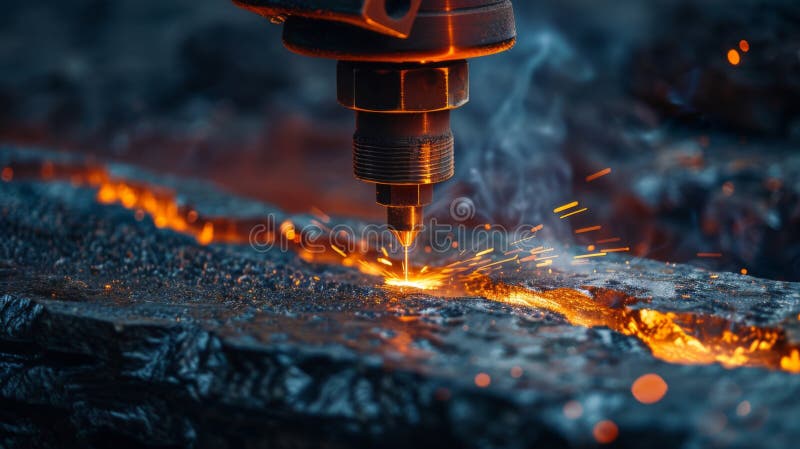The world of electronics is fascinating, yet complex. At its core is the Printed Circuit Board (PCB), a vital component that holds the electronic world together. Understanding PCB repair techniques is essential for anyone keen to maintain and enhance the lifespan of electronic devices. Whether you are a seasoned technician or a new enthusiast, this article offers an in-depth look at the essential methods to effectively repair PCBs.
To truly appreciate the complexity and importance of PCBs, it’s crucial to grasp the various techniques available for repair. This knowledge not only ensures functionality but also enhances sustainability by reducing electronic waste. As outlined in our previous post on the carbon footprint in electronics, choosing to repair rather than replace can have significant environmental benefits.

Understanding the Basics of PCBs
What is a PCB?
A PCB connects electronic components using conductive tracks, pads, and other features etched from copper sheets laminated onto a non-conductive substrate. Recognizing when and how to repair a PCB is crucial, as faulty PCBs can lead to malfunctioning devices.
Common Issues with PCBs
PCBs can encounter several issues, such as broken traces, faulty components, and poor solder connections. Identifying these issues early is important to avoid damage to the entire circuit.
Essential PCB Repair Techniques
Tools Required for Repair
Having the right tools is key in any repair process. Some essential tools for PCB repair include soldering irons, multimeters, tweezers, and oscilloscopes. Our article on electronics R&D processes highlights the importance of having the correct equipment for efficient repair and maintenance.
Steps to Repair Broken Traces
Broken traces can be restored using a conductive pen or copper wire. This technique involves cleaning the area, applying a flux, and then soldering the wire or conductive ink to bridge the damage.
Component Replacement
Identifying faulty components is key to successful PCB repair. Testing each component with multimeters can help determine which parts need replacement. Once identified, desolder the defective component and replace it with a new one.
Advanced Repair Techniques
Using a Hot Air Gun
A hot air gun can be used to evenly heat solder joints to remove and replace components without risking damage to the board.
Solder Mask Repair
Over time, the solder mask can get damaged, which may lead to shorts. Applying a new layer of liquid solder mask can help maintain the integrity of the PCB.
Best Practices for Long-Lasting PCBs
Regular Maintenance and Inspection
Regular inspection and maintenance can significantly extend a PCB’s lifespan. It’s prudent to routinely check for signs of wear or damage and address them promptly.
Upgrading PCB Coatings
Consider upgrading the coatings on a PCB to enhance durability. Protective coatings can prevent moisture and dust accumulation, critical factors in ensuring prolonged functionality. For more on coatings, read our article on barrier coatings.
Conclusion
Mastering PCB repair techniques not only saves money but also contributes positively toward the environment by reducing e-waste. As we journey toward more sustainable electronics, the skills of repair and maintenance play an integral part. Should you be interested in more comprehensive repair methodologies, consider exploring the advanced resources available through initiatives such as Yale’s Instrument Design Prototyping.

FAQ
1. Why is PCB repair important?
Repairing PCBs is vital for extending the life of electronic devices, helping to reduce electronic waste and saving costs by avoiding the need for new components.
2. Can all PCBs be repaired?
Not all PCBs can be repaired, especially if the damage is extensive. However, minor issues like broken traces or faulty components can often be addressed effectively.
3. How often should PCBs be inspected?
Regular inspections at least once a year can help identify potential issues before they become major problems, ensuring the longevity of the PCB.


